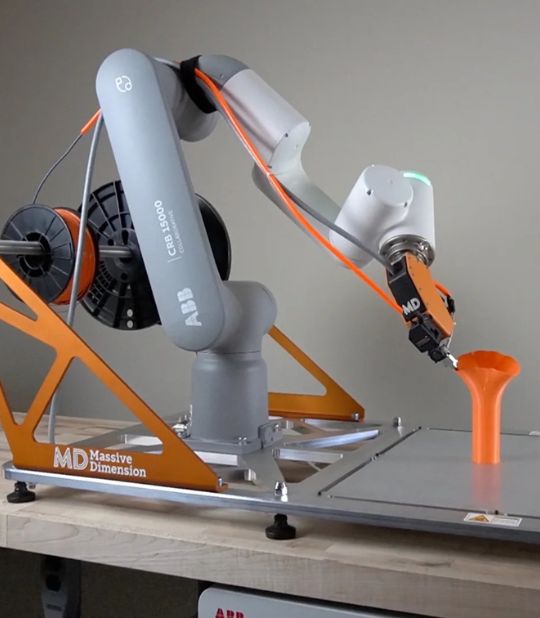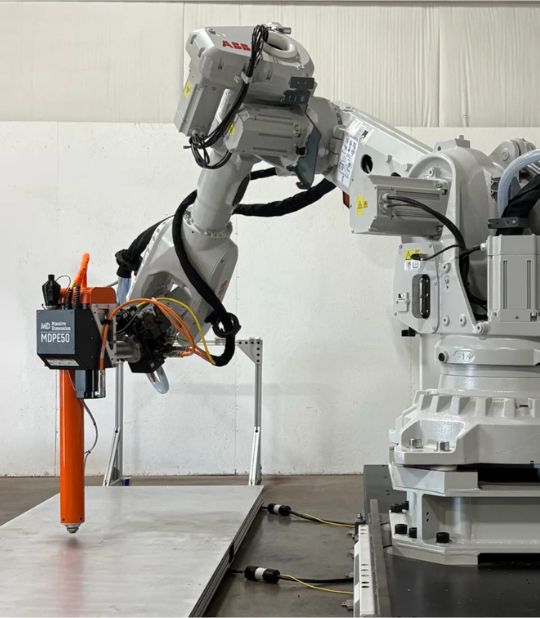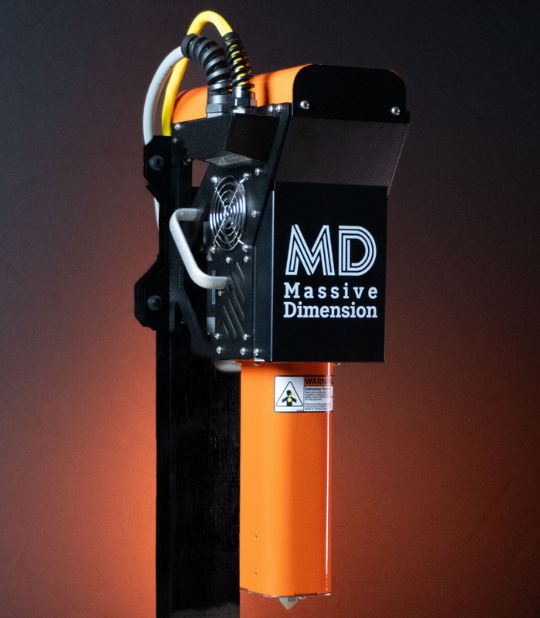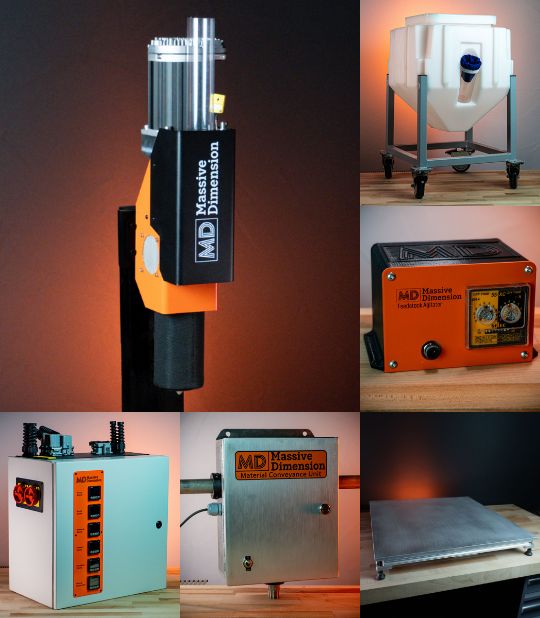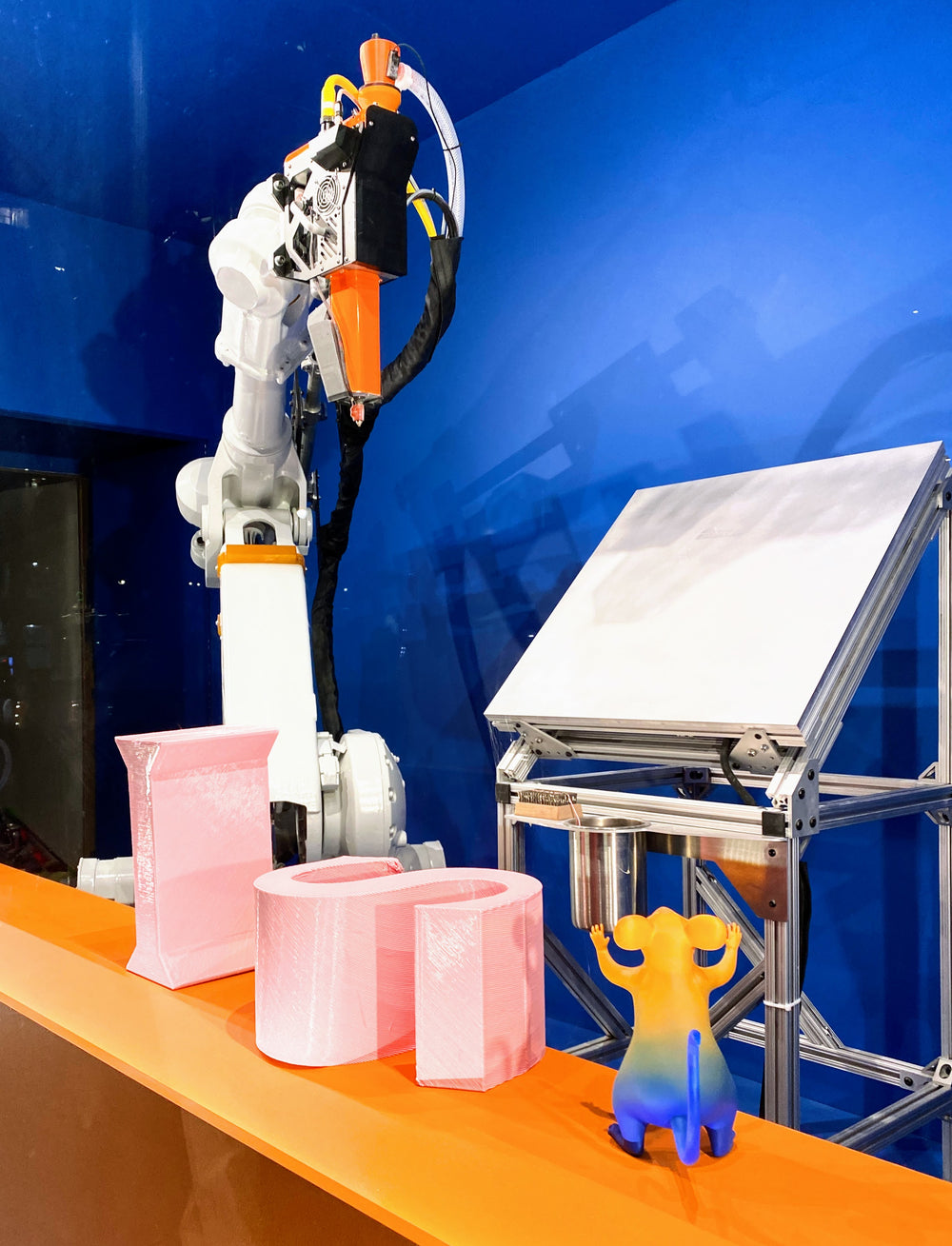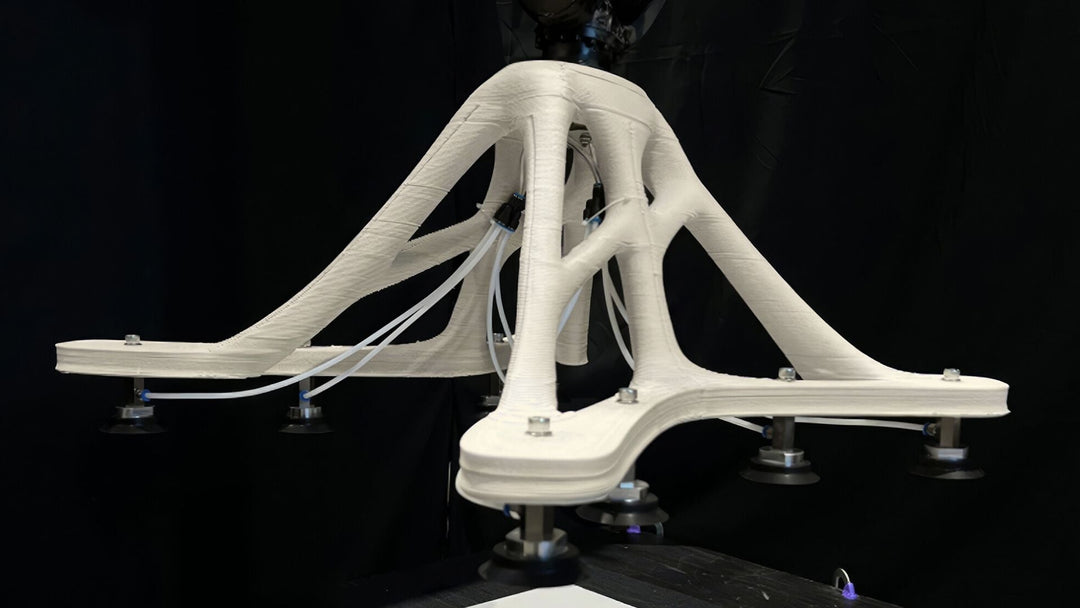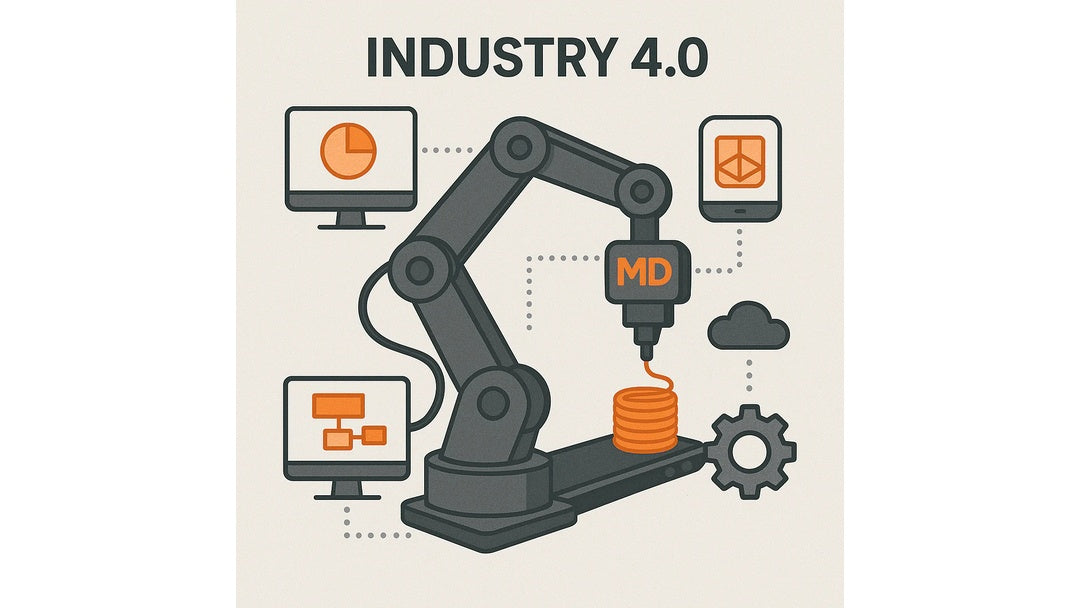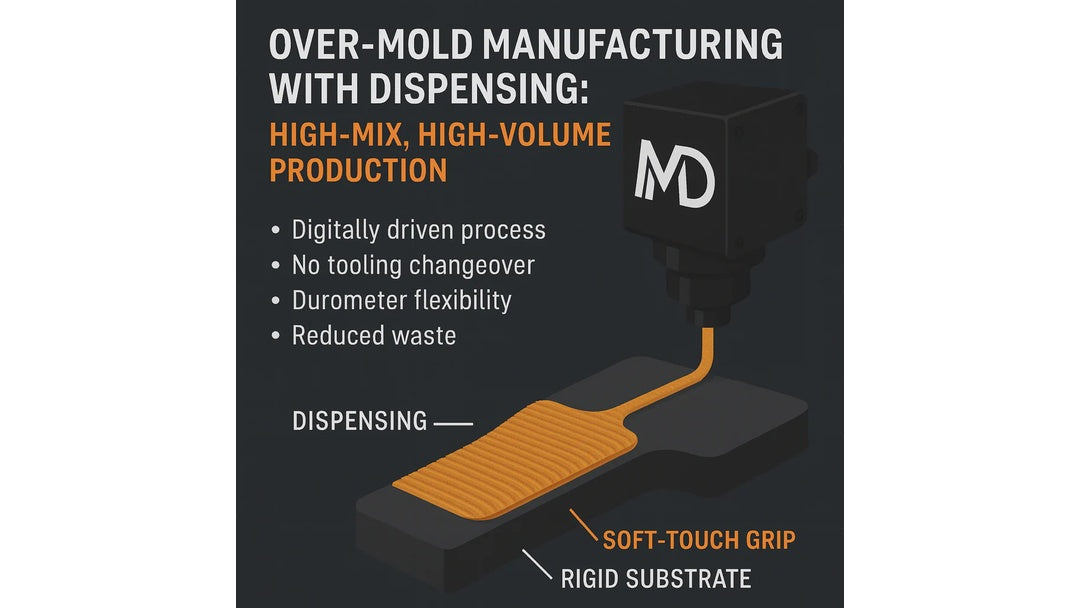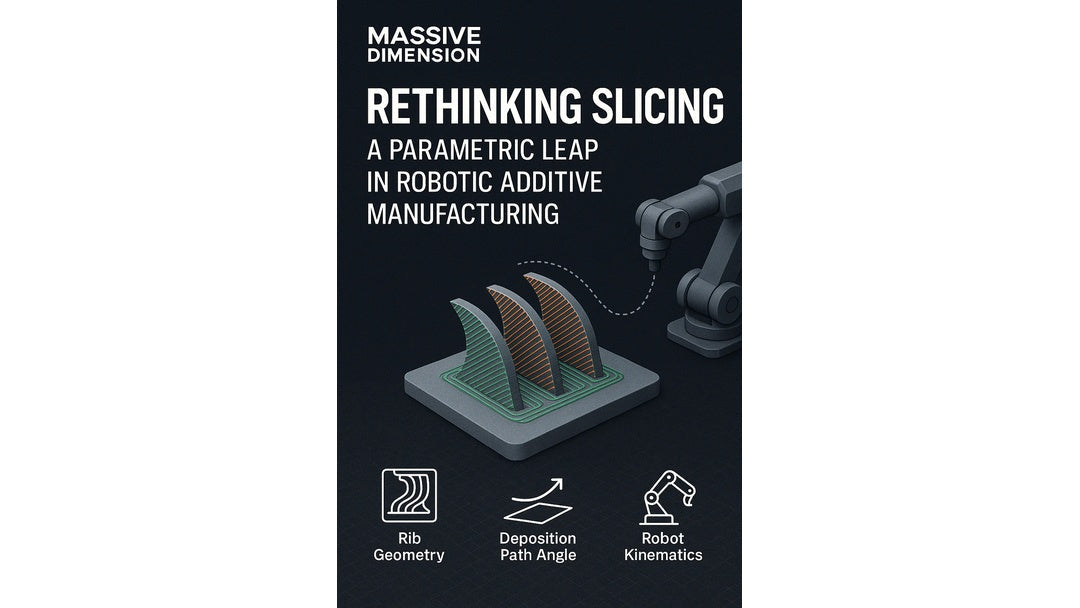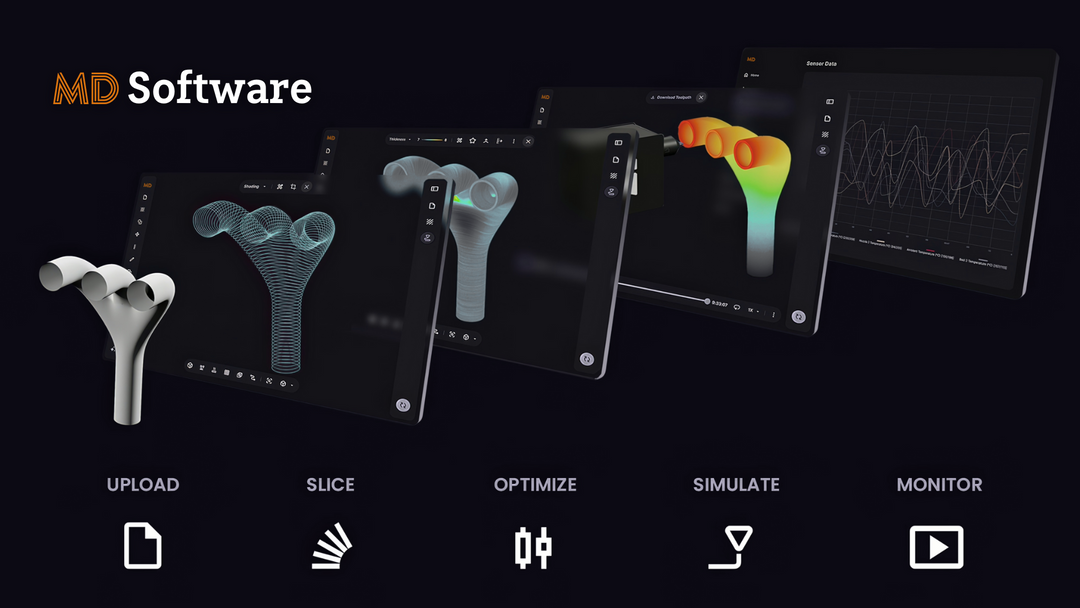What is large format 3D printing? - The differences between Large Format and Standard FDM Printing
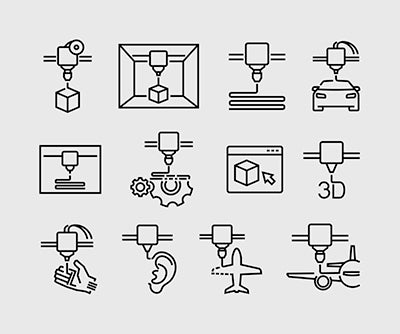
Object Size
Large format 3D printing is very similar to the standard 3D printing. The main difference is the size and scale of the objects being printed. Standard 3D printing, such as on a Makerbot, Printrbot, or other FDM printers, only have about 12in x 12in x 12in build volume. With large format 3D printing the build area is measured in much larger units such as feet or meters. Check out this link for the a list of the largest printers. It is hard to draw a line and say where standard FDM printing stops and large format starts. Large format to us is when any print is something human sized, such as a full sized chair, coffee table, or car frame. Granted large format printing is limited to the size and reach of the machine, just like in standard 3D printing. Size is one difference, should we say “biggest” difference with large format, however it is important to compare the other less known differences
Material Feed / Delivery
In standard FDM and FFF printing a filament is feed into the hotend and heated up. The nozzle moves around and builds the object. Where FDM and FFF has a limiting amount of force that can be applied to the filament and limit in heater wattage it quickly becomes a problem. To print larger objects in a reasonable amount of time higher output material feed systems need to be used. Otherwise prints will literally take months to finish. This is where Massive Dimension hardware comes in. Our pellet head extruders use pellet or regrind granular shavings directly during the printing process. This allows for a much higher output of material and allows for a wider material range to be used. This type of 3D printing is called FPF (fused particle fabrication) or FGF (fused granular fabrication).
Print Materials
There are so many materials that can be used in standard FDM printing. The range is even larger with large format printing due to the usage of direct print pellet head extruders. FDM printing as mentioned above uses filament, some plastic materials cannot extruded into filament as they do not have the melt strength to stay in shape. This limited FDM printing. With FPF or FGF printing that is not the case because the pellet head extruders completely skip the step of filament. This allows for more materials to be used, materials that may not work with standard FDM. Another consideration is the shrinkage rate of the polymer. Shrinkage is a problem with both standard FDM and large format FPF. Some solutions include printing in an enclosed heated area, printing with glass or carbon fiber filled polymers, or simply using polymers with low shrinkage rates. More to come on this.
Layer Height Resolution
Scrolling through Thingiverse or social media you will see 3D prints that have absolutely amazingly small layer height, to a point where the layers cannot be seen. Keep in mind that all of these prints are done on a small format printer where the system is specifically designed around high resolution. This is not the same for large format printing. Large format printing has to use larger layer heights mostly to cut down the print times. Layer heights for large format printing can range from 1mm up to 25mm, more if needed. This in turn creates a part that has very visibly pronounced layers. This aesthetic look can be integrated into the form and function of the part, while some may find this visually un-appealing. These higher layers also need to be worked in when the part is being designed.
Overall standard FDM compared to large format printing is very similar. The problems scale up but the innovative print solutions do as well. We are excited to see this new 3D printing market segment grow and are looking forward to the problems that are solved. If you are looking for more information or help with your large format printing projects let us know.
